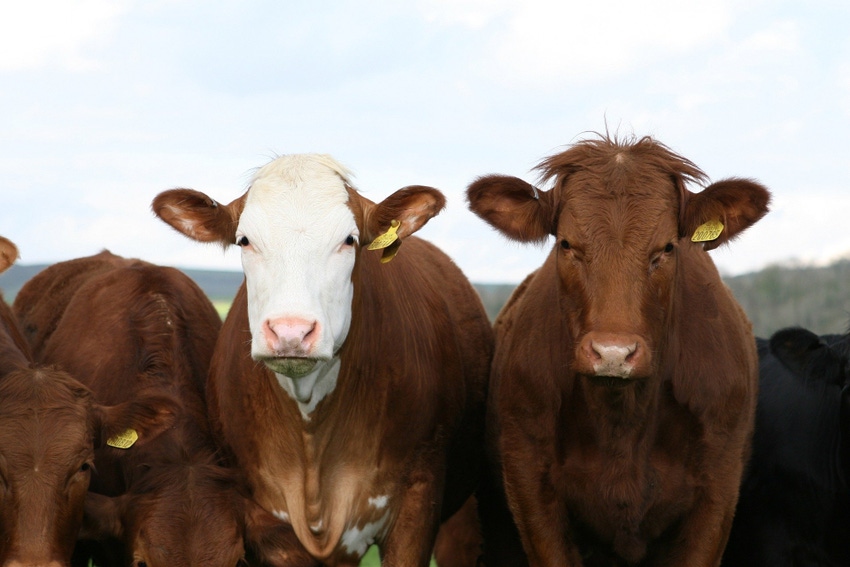New technology allows producers to compare EPDs across breeds
International Genetic Solutions leverages data across all breed association partners.
February 18, 2022

International Genetic Solutions (IGS) is leveraging the data across all breed association partners and using that information to increase the accuracy of prediction of our expected progeny differences (EPDs), according to Randie Culbertson, lead geneticist for American Simmental Association. Culbertson explained that IGS technology, challenges with the multi-breed genetic evaluation, and how the technology works for seedstock and commercial producers in her presentation during the Beef Improvement Federation (BIF) Symposium.
IGS is a multi-breed genetic evaluation in which 17 progressive breed association partners collaborate to enhance commercial profitability. The collaboration has yielded the world’s largest genetic evaluation of beef cattle with more than 20 million animals and greater than 350,000 genotypes. The genetic evaluation is an implementation of a super hybrid model and has publishes many traits including birth weight, weaning weight, yearling weight, milk, stayability, docility, direct and maternal calving ease, carcass weight, marbling, ribeye, back fat, yield grade and PAP.
“The multi-breed, multi-association approach breaks away from the traditional breed association model, which is single breed, single country analysis,” explained Culbertson. “So, traditional breed associations were very focused on their own breed and how to improve their breed but at IGS we work on leveraging the benefits of collaboration.”
Multi-breed genetic evaluation challenges
There are many challenges that come about with a multi-breed genetic evaluation. Many issues arise from duplicate registrations and data collection from multiple breed association sources. It can be hard to compare breed differences accurately as they can vary significantly which requires adjustments for heterosis. Additionally, there are potential differences in marker effects across breeds and a question of how to introduce new partners into the evaluation. All of these approaches require thorough beta testing and communication between the partners.
“The carcass evaluation is kind of the weak spot. All beef breed registries really struggle getting the phenotypes into the carcass evaluation and I think that’s pretty common problem in the industry. Because of the lack of phenotypes we also found a lack of connectivity across breed data sets during the development of the carcass evaluation.”
Seedstock producers
IGS provides increased information with improved accuracy through comparable EPDs across their 17 partners. The system provides increased data on related animals through aggregation of progeny records across registries and makes marketing to commercial producers more efficient. IGS makes it easier for seedstock producers who are marketing and selling multiple breeds of cattle to have comparable EPDs available without having to convert EPDs from two or more different breed base.
“The connectivity through the pedigree is going to increase the accuracy of animals’ EPD. Especially for smaller breed associations, the increase in pedigree ties and the increase of information can really help give them better EPDs with more accuracy. Improvements in availability and accuracy of EPD clearly aides their members in the promotion and marketing of their animals.”
Commercial producers
The multi-breed, multi-association IGS approach to genetic evaluation has increased information thereby providing increased accuracy for EPDs comparable across breeds. This allows commercial producers to look at bulls from different breeds and directly compare those EPDs.
IGS offers a Feeder Profit Calculator based on the multi-breed evaluation results. The Feeder Profit Calculator is an innovative a marketing tool for commercial producers to predict feedlot performance for feeder cattle.
“Commercial producers are key partners in the evaluation especially for carcass traits. Since retained ownership cattle are owned by commercial producers, we are more likely to get carcass data. This is huge for our evaluation because we are trying to incorporate more carcass phenotypes to increase the reliability and breadth of animals described through our carcass evaluation.”
Culbertson’s full presentation can be viewed here.
You May Also Like



